The Cisco Fatty meme served up a cautionary tale for all the denizens of Web 2.0. It might be me, but I think people need to lighten up. The Andrews v. FedEx incident is a good example highlighting this need. In this one, a VP tweeted this candid gem on his impressions of Memphis, where FedEx headquarters are located::
“True confession but i’m in one of those towns where I scratch my head and say ‘I would die if I had to live here!'”–James Andrews
The FedEx employees were outraged. Didn’t this clown hear the Cher cover of this Marc Cohn song? How dare someone insult fair Memphis! Here’s a response sent upstairs to FedEx management::
“Many of my peers and I feel this is inappropriate. We do not know the total millions of dollars FedEx Corporation pays Ketchum annually for the valuable and important work your company does for us around the globe. We are confident however, it is enough to expect a greater level of respect and awareness from someone in your position as a vice president at a major global player in your industry. A hazard of social networking is people will read what you write.”
The rest is predictable. Finger-wagging by bystanders admonishing Andrews, an apology, and a statement by FedEx saying they are “moving on.” Commentors on the story nailed it, in my opinion, by noting how this is a tempest in a teapot::
“People who live in small cities are always trying to prove something. They exhibit irrational pride for their little slice of nowhere. Seriously. Who cares? If James said he would die if he had to live in LA, no client would even take notice. Of if they did notice they certainly wouldn’t care. They definitely wouldn’t ship it to a gaggle of senior leaders at both companies. But talk about Memphis…..and it’s ON.”–Adrants commenter
“James Andrews had to fly into Memphis yesterday for a client meeting with FedEx, and observed, correctly, that Memphis is a hellhole…
James Andrews will never make the mistake of being honest again.”–Gawker commenter
Enough of this boring stuff, what about a political candidate with “embarrassing” Facebook photos on a private page. Now we’re talking. Ray Lam, a 22 year old NDP {far-left party} candidate for local office in British Columbia {False Creek-Vancouver} had the photo below surface.

Lam resigned his candidacy. Of course, let the media circus begin, along with the finger-wagging and admonishments. The fact of the matter is that the photos of the openly gay candidate were from 4 years ago and from a campy Pride celebration.
The BC Liberals {centre-left party} were quick to jump on this Facebook faux-pas. His opponent, Mary McNeil was shocked and outraged. She made a statement sent to media outlets, which, of course, contained links to the Facebook photos. In her statement, she said, “…These photos are offensive and demeaning. I’m surprised that Carole James and her NDP caucus think these photos are acceptable.”
The British Columbia Liberal Leader, Gordon Campbell was quick to point out::
“This was public information. It was on the NDP website and they have some responsibilities in terms of that. … They were totally inappropriate pictures and the NDP has some questions to answer for.”
Good point, Gordon.
Oh, wait, remember your Maui mugshot for that pesky 2003 DUI::

No resignation for a DUI, a situation which could have endangered the lives of himself and others, but there MUST be consequences for risqué photos.
In my mind, there are two issues. (1) Do the private lives of politicians really matter? If so, (2) the nature of Web 2.0 and subsequent iterations will make sure all dirt will have its day. I’m not 100% sure what was on Lam’s Facebook page, but I do know the technology poses challenges for managing perceptions, as one can get tagged in photos by others.
Should we get over it? Are we degenerating into a culture of optics? We can say that issues of values and character matter, but are we just setting up a situation where only the squeaky clean can withstand the scrutiny in media singularity.
I guess Edgar Friendly would never make it as a politician.






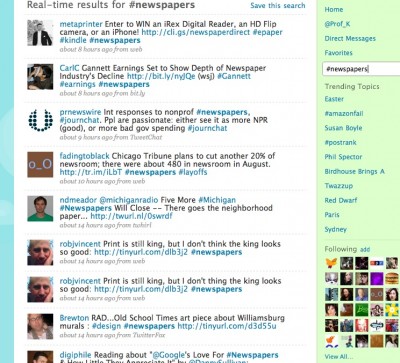

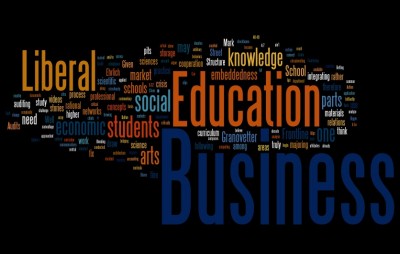


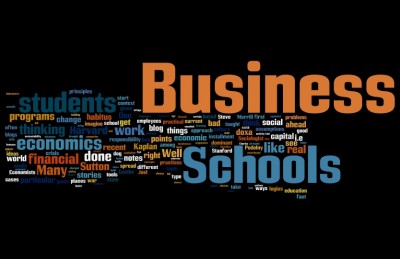
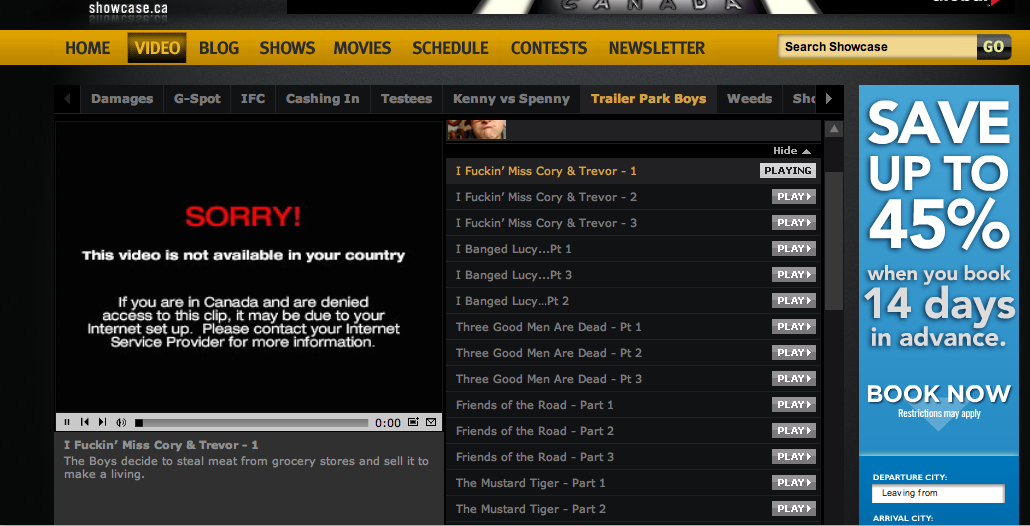
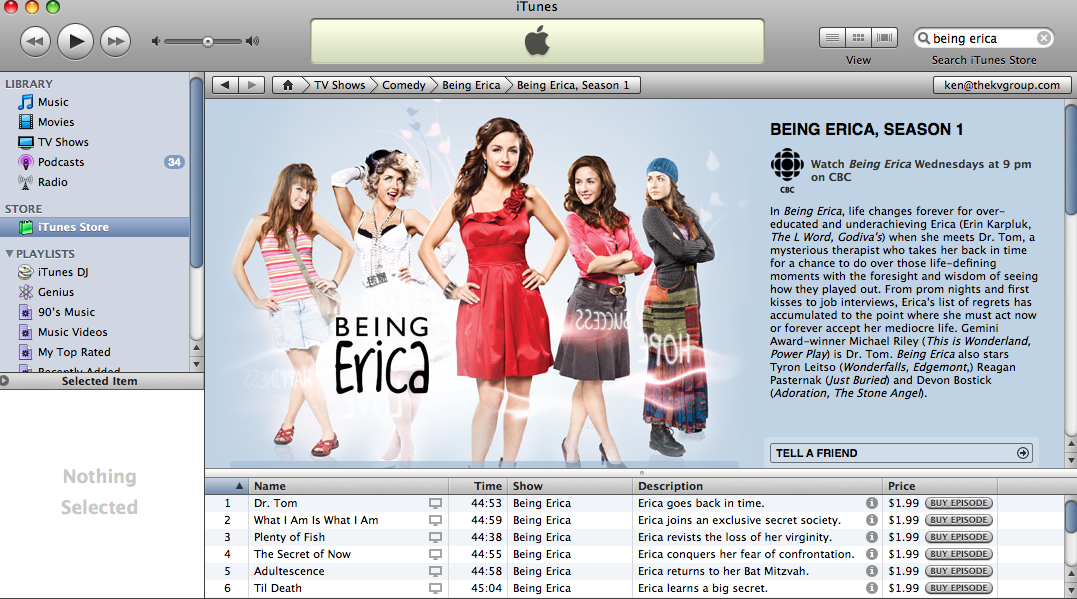 Over the holidays, I saw CBC really hyping
Over the holidays, I saw CBC really hyping 

